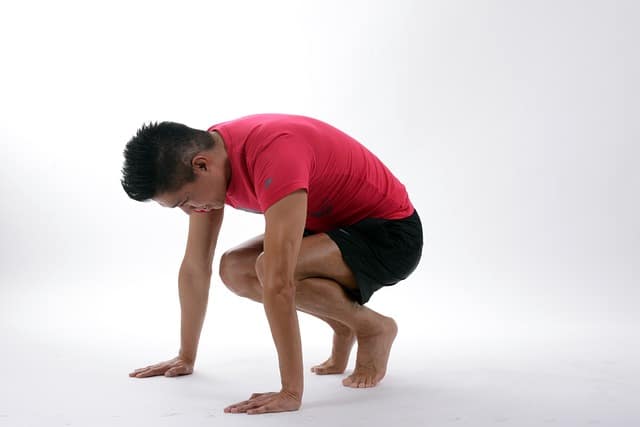
The idea of relaxation can be associated with relaxation.
From the Latin distensio , distension is the action and effect of distending . This verb can be used figuratively to refer to loosening or reducing tension , but it also has a medical meaning to refer to violent tension in tissues and membranes .
In the first case, relaxation is linked to a moment of relaxation or informality . Those who are relaxed enjoy tranquility or fun. For example: "These are days of relaxation in the company since the boss is on vacation," "I recommend listening to music to reduce nerves and help relax," "With this level of stress, relaxation never comes."
The concept of detente is also used in a similar sense in the field of diplomacy . The term indicates a period of truce in the midst of a confrontation not yet resolved. This means that it is a temporary truce , since there is still no agreement between the opposing sides.
muscle strain
Muscle strain , on the other hand, indicates that a muscle has been subjected to exaggerated stretching . This injury is usually very painful and appears due to excessive effort, poor flexibility or inadequate warm-up before performing physical activity. The great pain is due to the fact that a tear occurs and this prevents you from continuing with normal activities.
Symptoms of a strain include difficulty moving, skin discoloration ( bruising ), and swelling. As first aid in cases of distension, experts recommend the application of ice covered by a cloth to reduce inflammation, always avoiding direct contact with the skin; The ideal period to maximize its effect is around 15 minutes, with intervals of one hour throughout the first day, and 3 or 4 hours from the second.
Once the first three days have passed since the muscle strain has occurred, you can proceed to alternate between applying cold and heat to treat pain. In addition, it is essential to rest and avoid working the affected muscle whenever possible. Regarding posture, it is always recommended to keep the limb raised and immobilized. As the pain begins to subside, it is possible to gradually return to normal body activity.

A strain occurs when a muscle is stretched excessively.
More serious cases
The most serious cases are usually characterized by the inability to move the torn limb, or by bleeding from the injury. To treat these extreme situations, it is not recommended to settle for home procedures, but rather contact an emergency service to receive specialized medical assistance.
It is worth mentioning that muscle strain is also known by the informal name of pulled . To avoid its appearance, it is advisable to take a series of well-defined precautions: warm up the body adequately before playing sports or performing aerobic exercises; lead a healthy life , which includes a nutritious diet and abstinence from habits that are harmful to health ; Avoid physical exertion by all means.
Degrees of muscle strain
There are three degrees of muscle strain:
* mild : some muscle fibers are torn but the tendons remain unharmed. In general, intramuscular hematomas do not appear, at least not larger than 1 centimeter. An injury of this degree may go unnoticed until the activity is over and its treatment should not exceed a period of one week;
* moderate : the tendons may be affected and the pain arises from a mere control of the injury, which is usually noticed immediately, forcing any physical work to be interrupted. It takes an average of two weeks to recover from this type of muscle strain;
* severe : the muscle belly and the tendon insertion of the muscle are completely ruptured. The lesion can be seen from the outside through palpation, and is usually accompanied by significant edema. In these cases, recovery usually lasts about a month.
